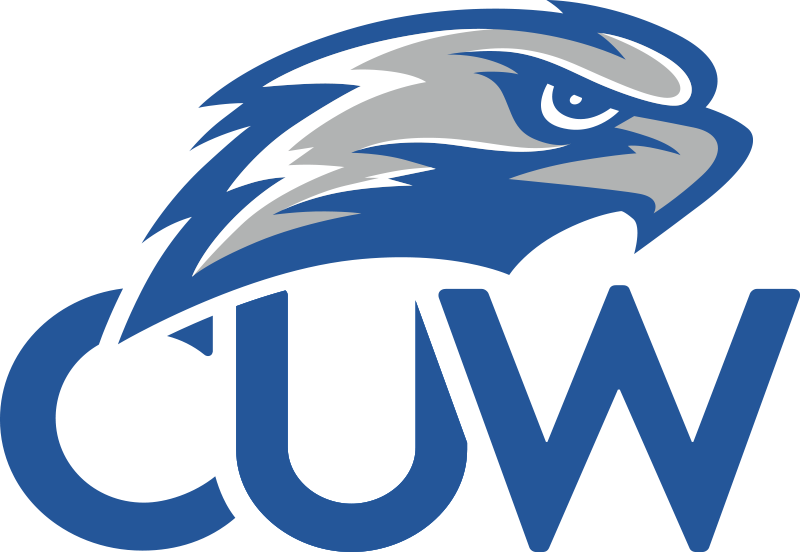The University of Akron hosted their second annual Pink Out Tournament this Saturday which featured Akron, BGSU, Kent State, UK, OU, VCU, and WKU. Needless to say, it was an exciting tournament overall and a chance to see a ton of competitive dodgeball. After taking a 7.5 hour drive back to Richmond, it gave me time to think about the tournament, and the key takeaways from this weekend. Here are my biggest observations.
League Parity Has Probably Never Been This High
As intense and competitive as the college dodgeball world normally is, this might be as evenly matched as teams have ever been. This was evident with the 4 overtime matches over the weekend, UK vs Kent, VCU vs Kent, OU vs Akron, and OU vs BGSU. Even a team like Ohio which struggled for most of last season found themselves playing very competitively, and were only a couple plays away from walking away with multiple wins. This is exactly what the league needed. We now appear to be in a position where schools ranked 1-20 can all play in tightly contested matches, and this truly competitive environment will only force teams to become better.
A great example of this was from the performance of WKU. They were the only school to finish undefeated during the tournament with wins over OU, BGSU, and Akron. While initially considered one of the “lower tier” teams at the beginning of the season, the Hilltoppers are now 4-1 on the year and moving up in the rankings. This shows that you can’t be too certain this season about any matchups.
Kent State and UK Can Be Dark Horse Final Four Teams
These were the two highest ranked teams going into the tournament, and both walked away showing signs of greatness. For UK it was their catching ability they showed off the entire day. Ricardo Menchacha and Mario Siliceo put on a catching clinic against VCU, and the rest of the followed suit during the day as well. The only blemish was their lone loss, a 3-2 overtime defeat at the hands of Kent State. UK also only competed with 14 players during the entire tournament, being a player down every point.
As for Kent, they displayed their firepower with some of the strongest arms at the tournament. Logan Baird and Evan Less looked impressive throughout the day, amassing a lot of kills and key plays for Kent. The biggest thing Kent will need to improve on however is making more attempts at catching. If they are able to adjust to that mindset, then that, along with their already strong arms will be able to propel them forward to the very top of the league.
Nationals Will Be Unpredictable and Exciting
We are barely a month and a half into the season and we have already seen upsets, tons of overtime games, and plenty of new teams step into the league. It is hard to imagine this changing throughout the year. With more schools looking to have inaugural matches later this semester, and some veteran teams yet to play this season, there are a lot of questions that still need to be answered. The only thing I can guarantee going forward, the best has yet to come.
Results
Akron def OU 3-2 OT
Kent def BGSU 2-1
VCU def Akron 2-1
WKU def BGSU 3-0
WKU def OU 3-1
Kent def UK 3-2 OT
BGSU def OU 3-2 OT
UK def VCU 5-1
WKU def Akron 4-2
VCU def Kent 2-1 OT
UK def Akron 5-0
Tournament Records
WKU 3-0
UK, Kent, VCU 2-1
BG 1-2
Akron 1-3
OU 0-3


























The data supports this parity, I think. Say we normalize the exchanges to compare them all. For OT, the exchanges are halved, but if we double the actual exchange back we can compare it to the rest. The Average exchange would be 0.754, or a rating gap of only 2.46 between teams. This is a totally reachable upset, in fact the current average gap for an technical upset 2.73. Victory for the lower rated team is certainly reachable.
Let’s look at the Upsets of the day. There are just 3 technical upsets out of the 11 played in Akron.
a. VCU def Akron 2-1 / 1.250, #90 of 205 upsets of 1016 ranked matches
b. VCU def Kent 2-1 OT / 0.809 actual / 1.618 normalized, #16 of 205 upsets of 1016 ranked matches
c. WKU def Akron 4-2 / 1.123, #141 of 205 upsets of 1016 ranked matches
The mean upset exchange hovers around 1.273, so matches [a] and [c] are within the standard deviation and the great majority of technical upsets will fall around this exchange (technically ~68%). However, match [b] ranks in the 92 percentile in upset games, so we might consider this a big upset for VCU. It does rank 4th in greatest OT upsets.
Taking a normalized exchange for an overtime match and comparing it to a normal match, or even a double worth Nationals match, is a bit subjective. These might not always be the most influential upsets in terms of the overall effect of the team’s rating. But the normalized exchange might help compare these different classes of result.
OT has always been a great indicator of equitable team strength for me, personally. I was super surprised to enter four overtimes into the records, but it seems we get more OTs whenever we put together a schedule that focuses on good even matchups. I had the pleasure to help out Akron in scheduling competitors here, where I focused on getting even matches first, then unique matches we might not see often. 4 in 11 games is 36%, impressive compared to other occurrence percentages. We do a similar thing for Nationals scheduling, where OT occurrence is a small boost above average at 7.53% of total games played. The Records (not including this weekend’s games) have OT appearing in 6.89% of total games played.
Zig,
I think the crazy part of all of this is that I actually understand what you’re saying and can translate it into everyday language. You’re using a lot of jargon that utilize probability, statistics, and operation research principles aren’t you? I was wondering if it would be possible for you to determine which teams would win within each given tournament if you have to do it with a 95% confidence with one standard deviation from the norm.
A 95% confidence is basically two standard deviations from the mean. One deviation is about 68%. Three deviations covers 99.7% of the population.
We could definitely determine how likely it is for one team to win against another team, but I do think the issue is the Gonzalez system is designed to allow a certain amount of technical upsets. These allow teams to advance or fall and their respective ratings move to a better representation of their strength.
About 80% of games are predicted correctly in the system, but that isn’t 95% confidence. But it might be possible to tie this 80% confidence into a deeper calculation of the technical upsets that have already occurred. The Mean upset exchange is 1.273 and the 95% confidence would include exchanges to 1.707. There’s only 10 games that are greater than 1.707. Ten games of 198 upsets equals 5%, but that’s out of 1002 ranked matches overall (0.1%). Haven’t figured it out yet.
The good news is we have regular games coming in and the data is always growing. Larger population allows us to be more confident with our confidences.